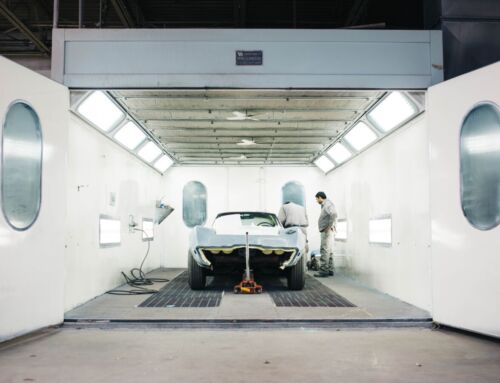 December has always been held up as one of the strongest months for vehicle sales in the United States. However, there are many other amazing developments and historical moments that have happened in this winter month throughout car history. For your pleasure, here are four of the most interesting December happenings in the last 100 years of car history.
December has always been held up as one of the strongest months for vehicle sales in the United States. However, there are many other amazing developments and historical moments that have happened in this winter month throughout car history. For your pleasure, here are four of the most interesting December happenings in the last 100 years of car history.
-
Plant Shutdowns Creep Up – 25 Years Ago
GM announces plans to potentially close between 22-27 US-based plants in order to recuperate losses. Additionally, many other major companies announce then “unprecedented” plans to temporarily shut down vehicle assembly plants in the early weeks of January, 1990. The newly structured slate resulted in one of the lowest auto production outputs of American history, with auto production slowing down to a mere 1,536,000 units.
-
Ford Produces its Millionth Car – 100 Years Ago
On the date of December 10th, 1915, Ford rolled out its millionth car from its assembly line at its Detroit plant at River Rogue. This occurred a full two years after Henry Ford put into work the first functioning assembly line at a Ford plant. With this amazing innovation, the savings were passed on to customers, and more people than ever before were able to buy and own automobiles. The millionth car became a symbol of sorts, one that represent the newly mobile world of the United States.
-
The Chrysler Strike Ends – 75 Years Ago
In 1939, hundreds of Chrysler workers began striking due to poor wages and an ineffective union leadership. On December 4th, the strike came to an end, as the company agreed to give workers a 3-cent hourly wage, and the ability to restructure the union leadership to better suit their needs and representation. However, the strike ended up costing workers, the company, and the American economy millions in losses, which were difficult to recuperate from.
-
Packard Merlin Production Doubles – 70 Years Ago
NADA (the National Automobile Dealers Association) begins urging all large-scale national vehicle manufacturers to initiate policies that could increase sale numbers, and help to stabilize dealer operations. In addressing the heads of companies such as GM, Ford, and Chevrolet, NADA asked them “to consider adopting a permanent advertising-merchandising program for used cars.”


